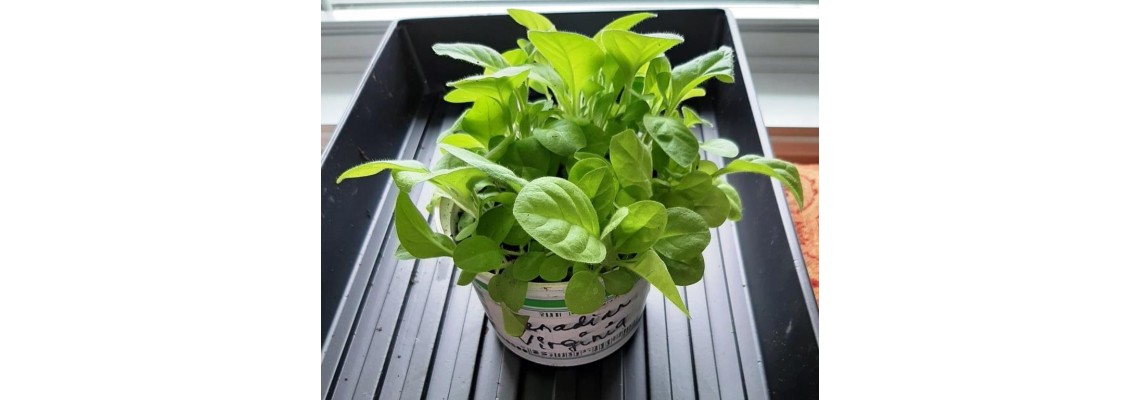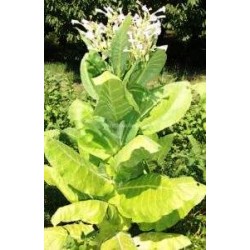
How to Grow Tobacco from Seed in Canada: Step-by-Step Guide
Growing your own tobacco can be a rewarding experience — whether you’re interested in the plant’s history, ornamental value, or traditional uses. Fortunately, tobacco can be grown successfully in many parts of Canada, as long as you start your seeds correctly and understand the plant’s climate needs.
In this step-by-step guide, we’ll walk you through how to germinate, transplant, and care for tobacco plants from seed — even in cooler regions of Canada.
Step 1: Choose the Right Tobacco Variety
Not all tobacco plants grow the same way. Choosing a variety suited to your region’s climate is the first step to success.
-
Nicotiana rustica (Aztec or Wild Tobacco): Hardy, early-maturing, and ideal for northern climates.
-
Virginia or Burley Tobacco: Traditional smoking types, better for southern or warmer areas.
-
Ornamental Tobacco: Grown for flowers and fragrance, suitable for gardens or decorative borders.
If you’re in a cooler Canadian province, Nicotiana rustica is your best choice — it grows fast and tolerates short summers.
Step 2: Start Indoors Early
In Canada’s climate, you’ll need to start tobacco seeds indoors 12-15 weeks before the last frost date.
Tobacco seeds are extremely small — almost dust-like — so handle them gently.
How to start tobacco seeds:
-
Fill seed trays with fine seed-starting mix.
-
Lightly moisten the soil — not soggy.
-
Sprinkle seeds on top of the soil (do not cover). Tobacco seeds need light to germinate.
-
Mist with water and cover with a clear dome or plastic wrap to retain humidity.
-
Keep the tray in a warm spot (24–27°C / 75–80°F).
Germination usually occurs within 7–14 days.
Step 3: Transplant Seedlings
Once seedlings have their first true leaves, transplant them into larger containers.
Keep them warm, sunny, and watered regularly.
Seedlings are ready for the garden when they are 6+ inches tall, it’s time to harden them off and prepare for transplanting outdoors.
Hardening off:
-
Gradually expose seedlings to outdoor conditions for a few hours each day over 5–7 days.
-
Avoid direct wind or full sun at first.
Transplanting:
-
Wait until all danger of frost has passed (usually late May to early June, depending on your region).
-
Space plants 30–60 cm apart in well-drained, fertile soil.
-
Choose a sunny location — tobacco loves warmth and full light.
Step 4: Watering and Care
Tobacco plants prefer consistent moisture, especially during the first few weeks after transplanting.
Tips:
-
Water deeply once or twice per week (avoid waterlogging).
-
Mulch around the base to retain soil moisture.
-
Remove weeds regularly — tobacco doesn’t like competition.
Avoid over-fertilizing. Too much nitrogen produces lush leaves with weak structure.
Step 5: Harvesting
Most tobacco plants are ready to harvest within 60–90 days of transplanting.
-
When the lower leaves start to yellow slightly, they’re mature.
If you’re growing for educational, ornamental, or ceremonial purposes, you can let the plants flower — their blooms attract bees, hummingbirds, and other pollinators.
If you want to grow excellent leaves for smoking, then it's better to regularly remove flowering tops.
Legal Note
In Canada, it’s legal to grow tobacco for personal use, but not for sale or trade without a license. Always check your provincial and federal regulations before planting.
Final Thoughts
Growing tobacco from seed in Canada is entirely possible — with the right variety and a little preparation. Start seeds indoors early, give them warmth and light, and you’ll enjoy tall, hardy plants by midsummer.
Whether you’re cultivating Nicotiana rustica for traditional uses or ornamental varieties for their beauty, this plant offers a fascinating connection between gardening, history, and heritage.
???? Explore Our Canadian Tobacco Seeds
Looking to start your own tobacco plants? Browse our collection of hardy, heritage tobacco seed varieties, selected for Canadian growers and shipped across the country.





Leave a Comment